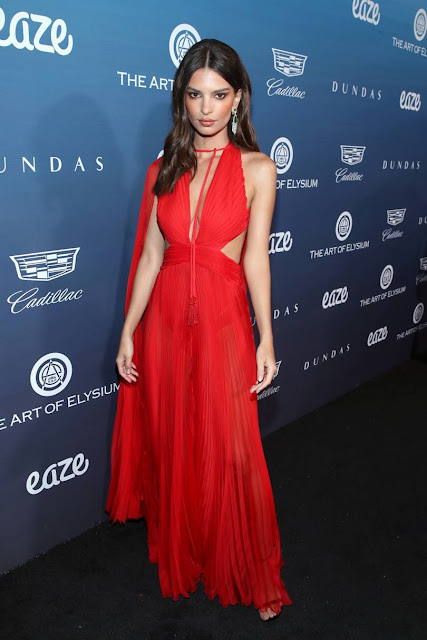Why fashion can be whatever it wants to be
 |
| Practicality has never been at the fore of the catwalk |
It's 10.30 pm. While my friends are inside dancing, I sit outside, crying. It's not because I'm heartbroken. It's because of the orange sprinkles of curry sauce on my white woollen coat. Of course, wearing a white coat is impractical, and such mishaps have to be expected. Nevertheless, I got angry at the guy who told me that I should have worn a more reasonable jacket.
I am appalled by the very idea of sensible fashion. For me, the notion that fashion has to be practical is deeply flawed. I don't even think the majority of consumers are actually looking for practical clothes! Here's why…
First of all, fashion doesn't have to draw solely from reality. It is about fantasy and image: creating a new identity out of the illusions an outfit can offer. Sure, there have been many conservative fashion movements but they didn't boast much success. The 'reform dress' of the late nineteenth and early twentieth century is mostly remembered in the delicious caricatures it inspired. My personal favourite was published in the satire magazine Simplizissimus in 1904: two women talking, one dressed in a plain sack dress with a simple hairstyle whilst the other boasts a corseted waist, high-heeled shoes, a frilly skirt and a wide brimmed hat. The image sparks associations of a court dress style in the era of Louis XVI. The first woman speaks: 'The reform dress keeps the body healthy and suitable for motherhood.' The second responds: 'As long as you're wearing those rags, that won't be a problem for you.' And while that response is exaggeratedly comic, I agree with it. Practicality excludes the seductive appeal of dreamy illusion.
Fashion is crafted through a design process that necessarily includes a few crazy things on the way. Take for example, the French fashion designer Paul Poiret who is celebrated for putting women in trousers. The wide and fluttering harem pants he invented in 1911 became popular among early feminists intending to shock high society. You could do anything in them. Poiret also popularized the loose 'reformed' dress shape that we still associate with the glamorous 1920s.
Conversely, in the same show, Poiret presented his models in 'hobble skirts'. The ankle-length skirt was so tight around the knees that the wearer was only able to do the smallest steps – they could only hobble. There were countless caricatures depicting women desperately jumping after trains or buses to make fun of the impaired customers – but that didn't affect the skirt's popularity.
There's also clothing that really only exists for the sole purpose of being impractical. I am talking about couture: made to outrage, amaze, and display the designer's creative wiles. When I first saw a picture of Alexander McQueen's 2010 Armadillo shoes, I was fascinated. They were mockingly christened 'hoof heel' by the newspapers. In hindsight, I'm not even sure I immediately recognised them as footwear. But their impracticality was such an integral part of their very being that perhaps its normal function was meant to be totally unrecognisable. Bulky, misshapen, ugly and probably a danger to the wearer's ankles, they embody a very basic truth. Fashion is an art form like sculpting or painting and it deserves the same freedom to invent impractical and weird creations.
As students, we have the chance to dress freely, without regulations from school or work. It would be an absolute fashion faux pas not to make the most of the opportunity. Just remember that any visibly impractical garment makes a statement. When I wear my white wool coat (home-sewn with a 1954 pattern that blatantly plagiarises a 1950s Pierre Balmain design) I discovered that for some people this is a provocation. One instance saw a bus driver take a little swerve after spotting me on Magdalen bridge, just enough to drive through a puddle and leave me covered in mud. The result: hundreds of greasy dark stains on a white woollen coat! But what can I say? For me, my very own fashion fantasy is worth the effort.


Comments
Post a Comment